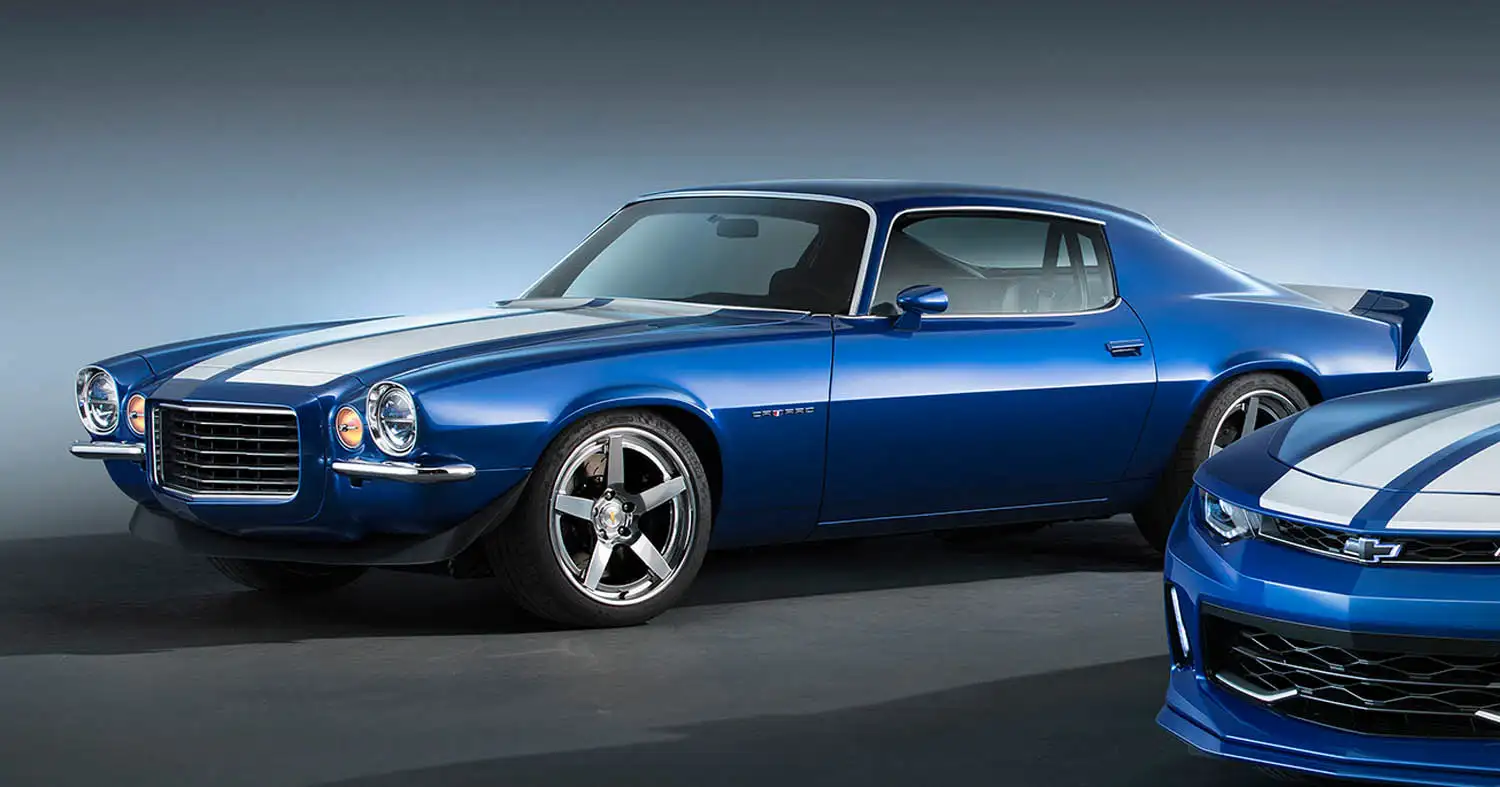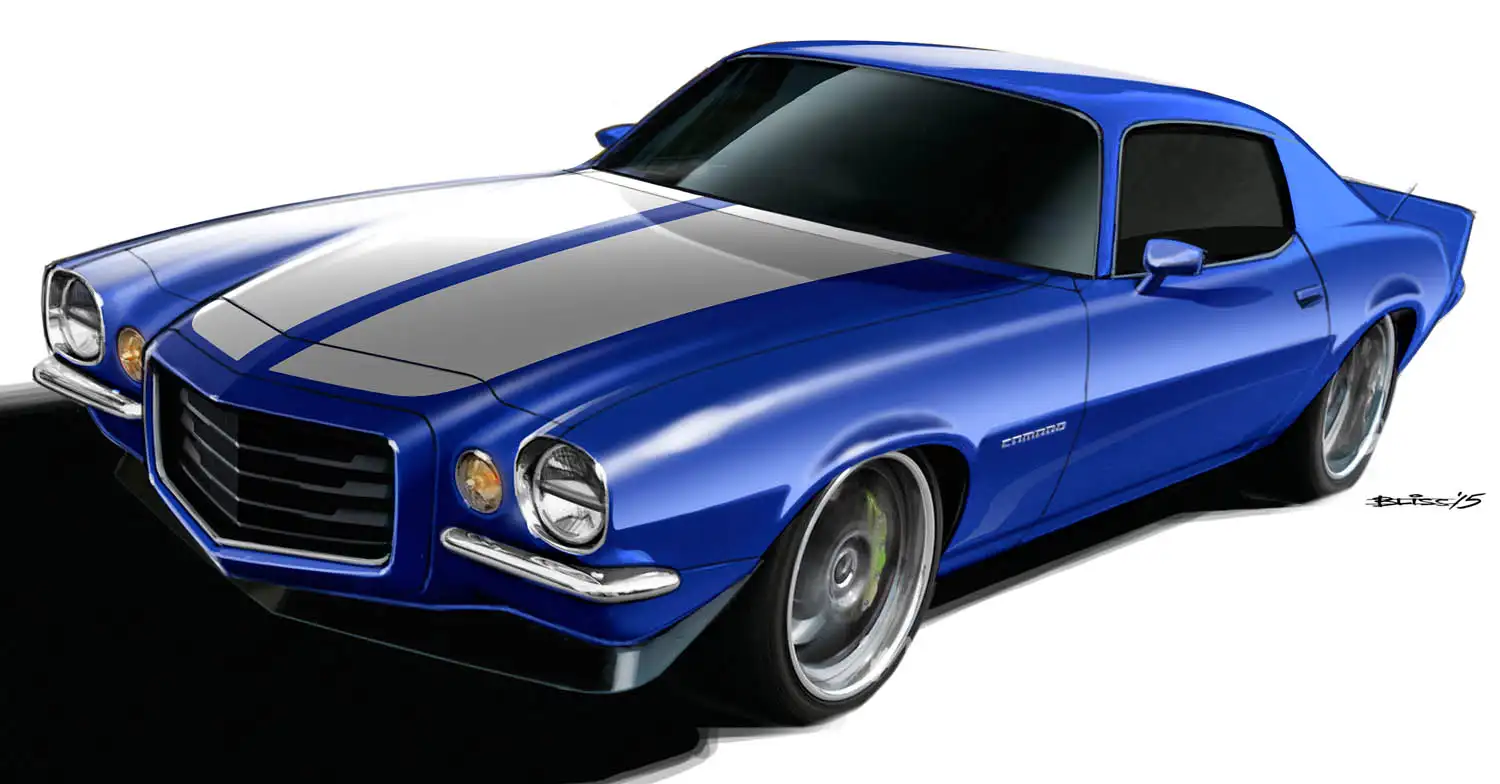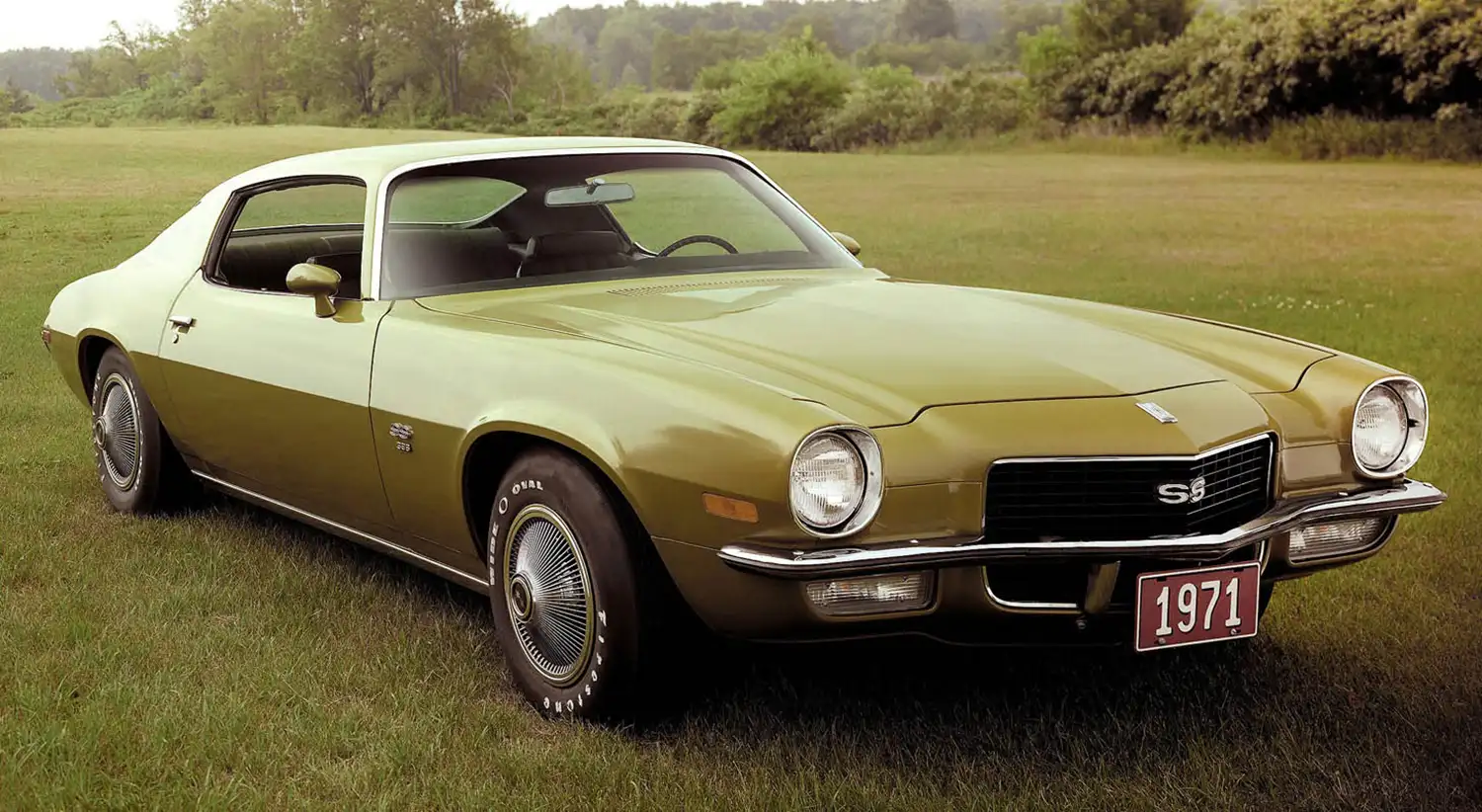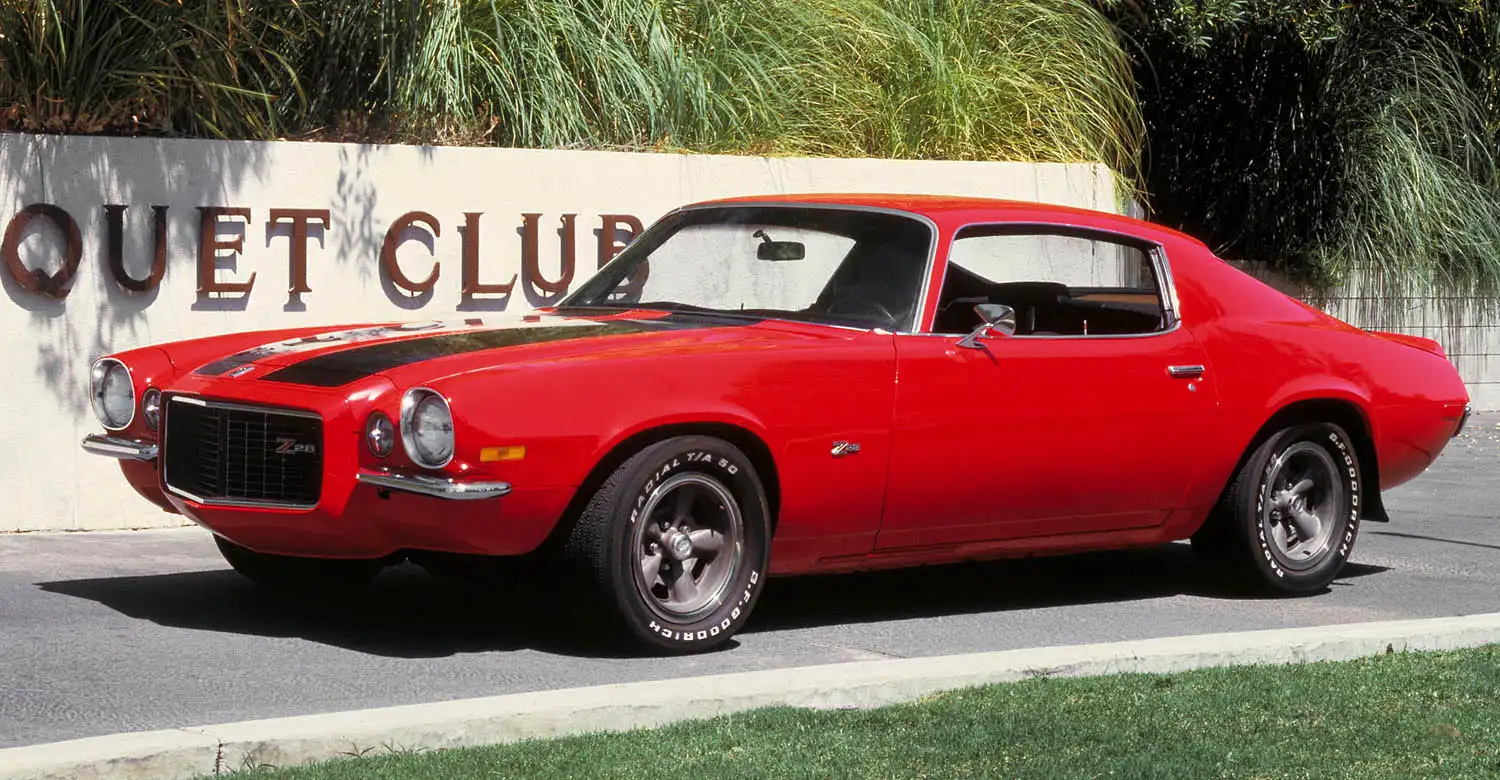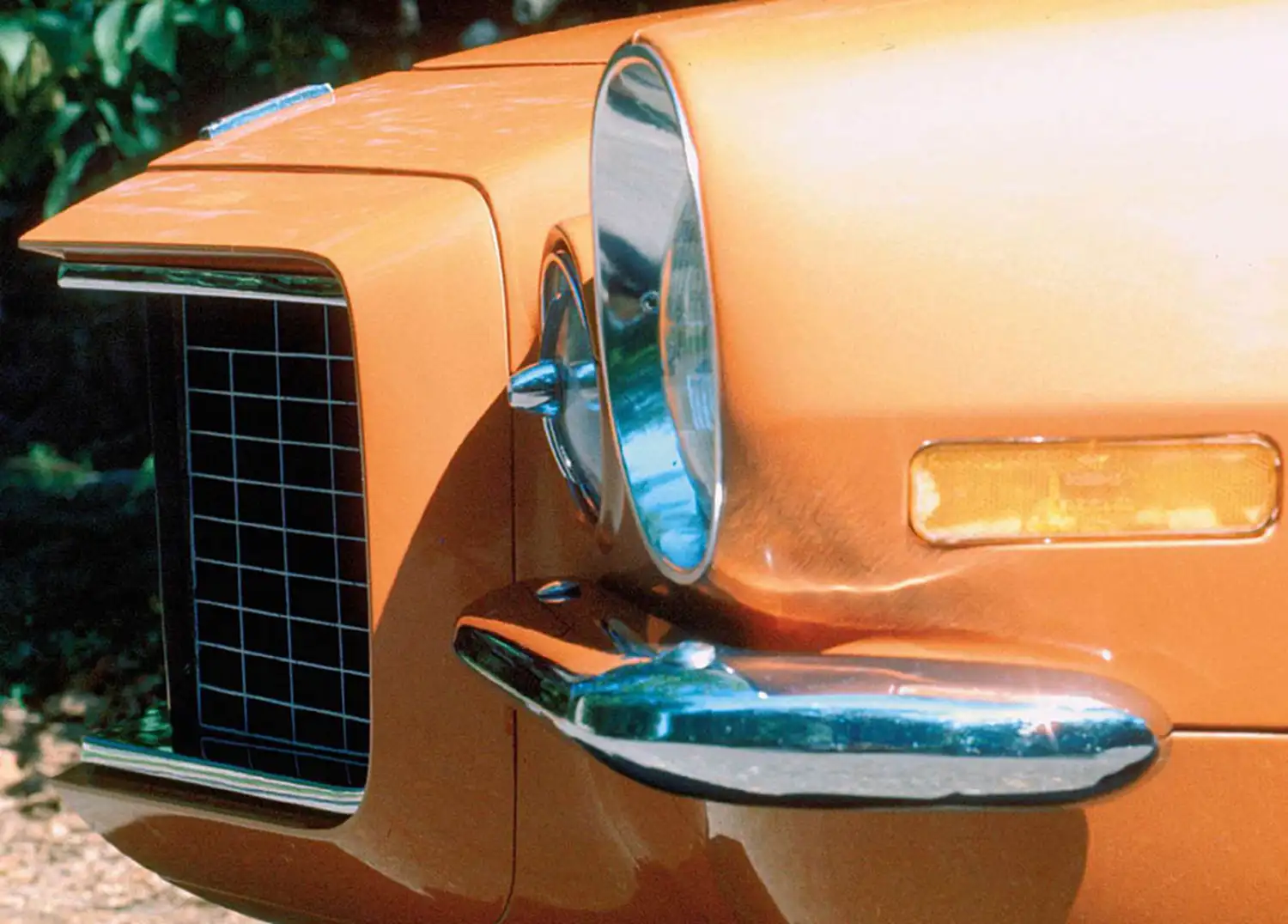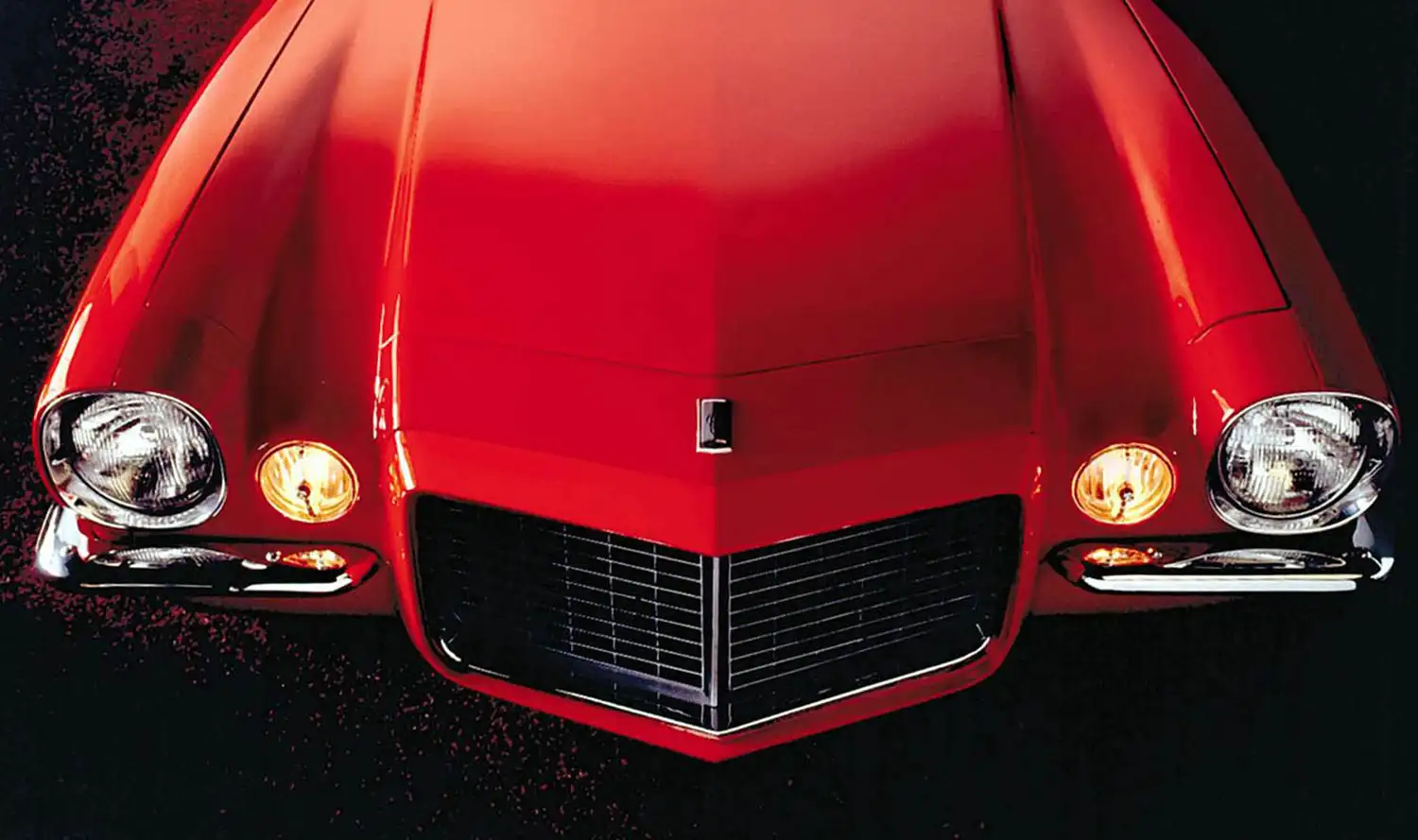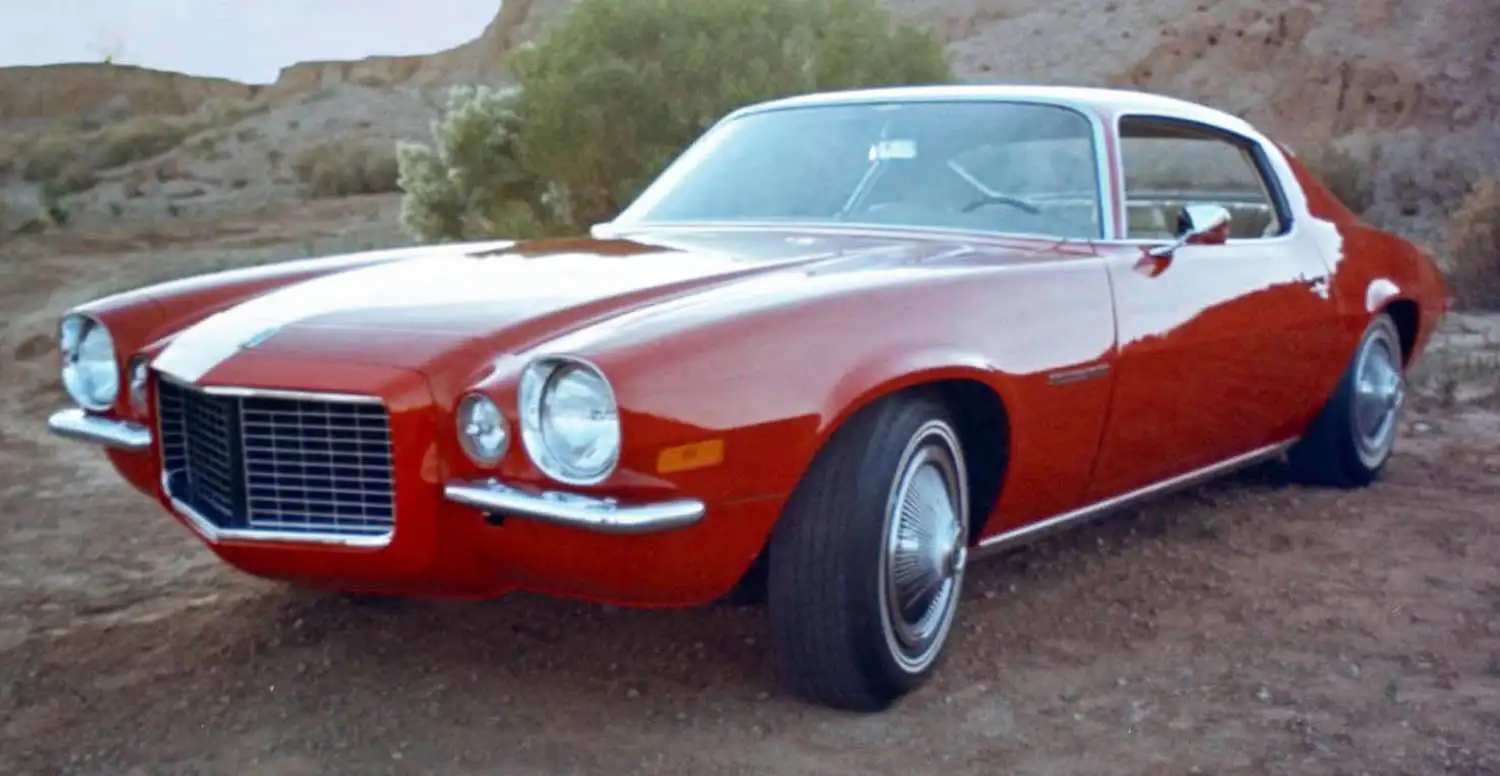
The second-generation Chevrolet Camaro, produced from 1970 to 1981, marked a significant evolution in the Camaro lineup. Introduced in the spring of 1970, the new Camaro was longer, lower, and wider than its predecessor, embodying a more refined and performance-oriented design.
Design and Engineering
Dubbed the “Super Hugger,” the second-generation Camaro benefited from a more relaxed development schedule and a larger budget, allowing for significant improvements in design and engineering. The car featured a unibody structure with a front subframe, A-arm, coil spring front suspension, and rear leaf springs, maintaining a familiar mechanical layout but with notable refinements.
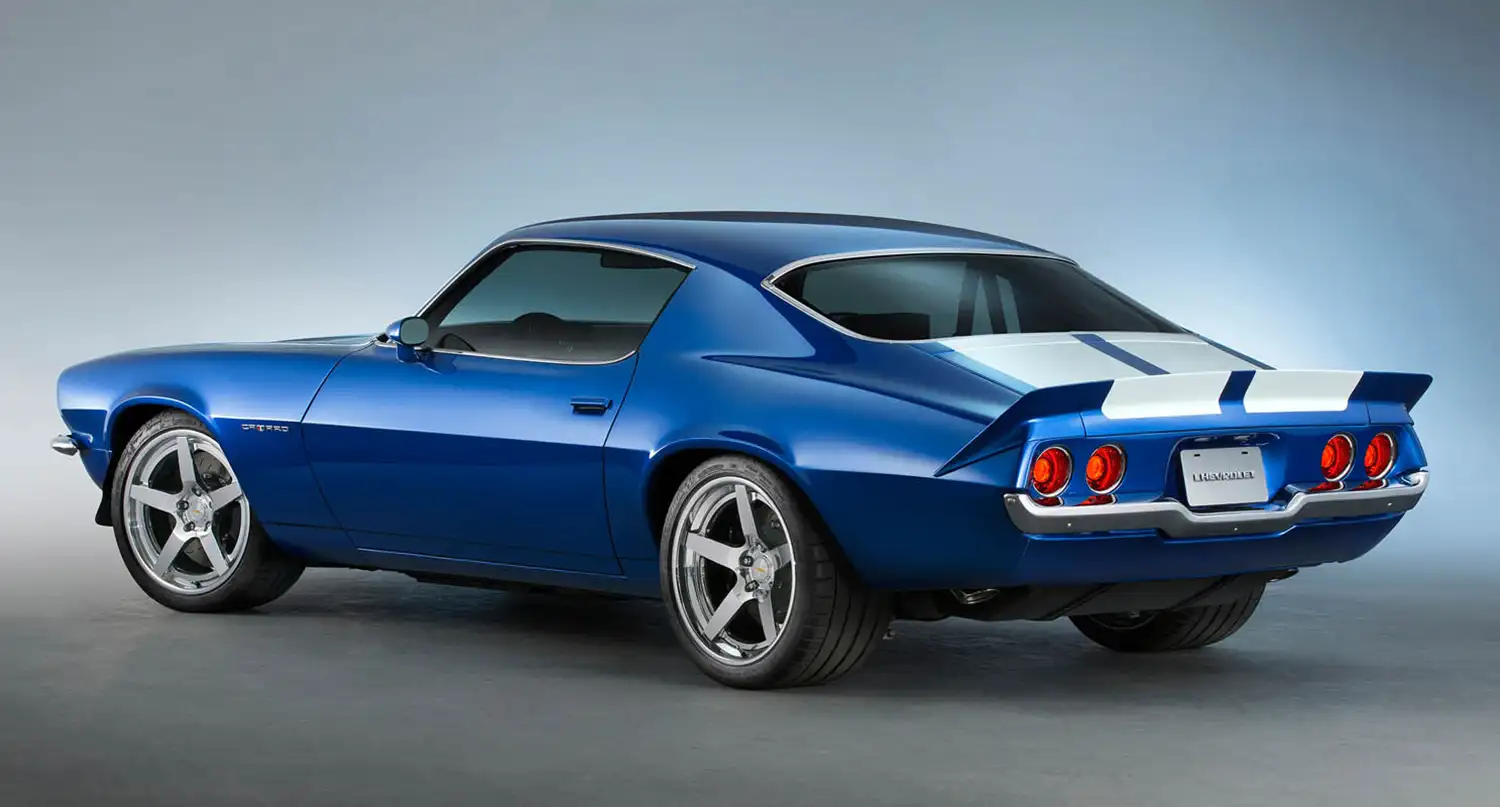
The second-generation Camaro was engineered to be “A Driver’s Car,” with enhancements in steering, braking, and balance, drawing on Chevrolet’s extensive racing experience with the first-generation model. These refinements resulted in better sound-proofing, ride isolation, and road-holding capabilities, making the Camaro more comfortable and enjoyable to drive.
1970: The Debut Year
The 1970 Camaro, often referred to as the “1970½” due to its mid-year introduction, featured a new body style with a fastback roofline and ventless full-door glass. The base model had a separate bumper/grille design, while the Rally Sport (RS) option included a distinctive grille with a flexible Endura surround and round parking lights beside the headlights.
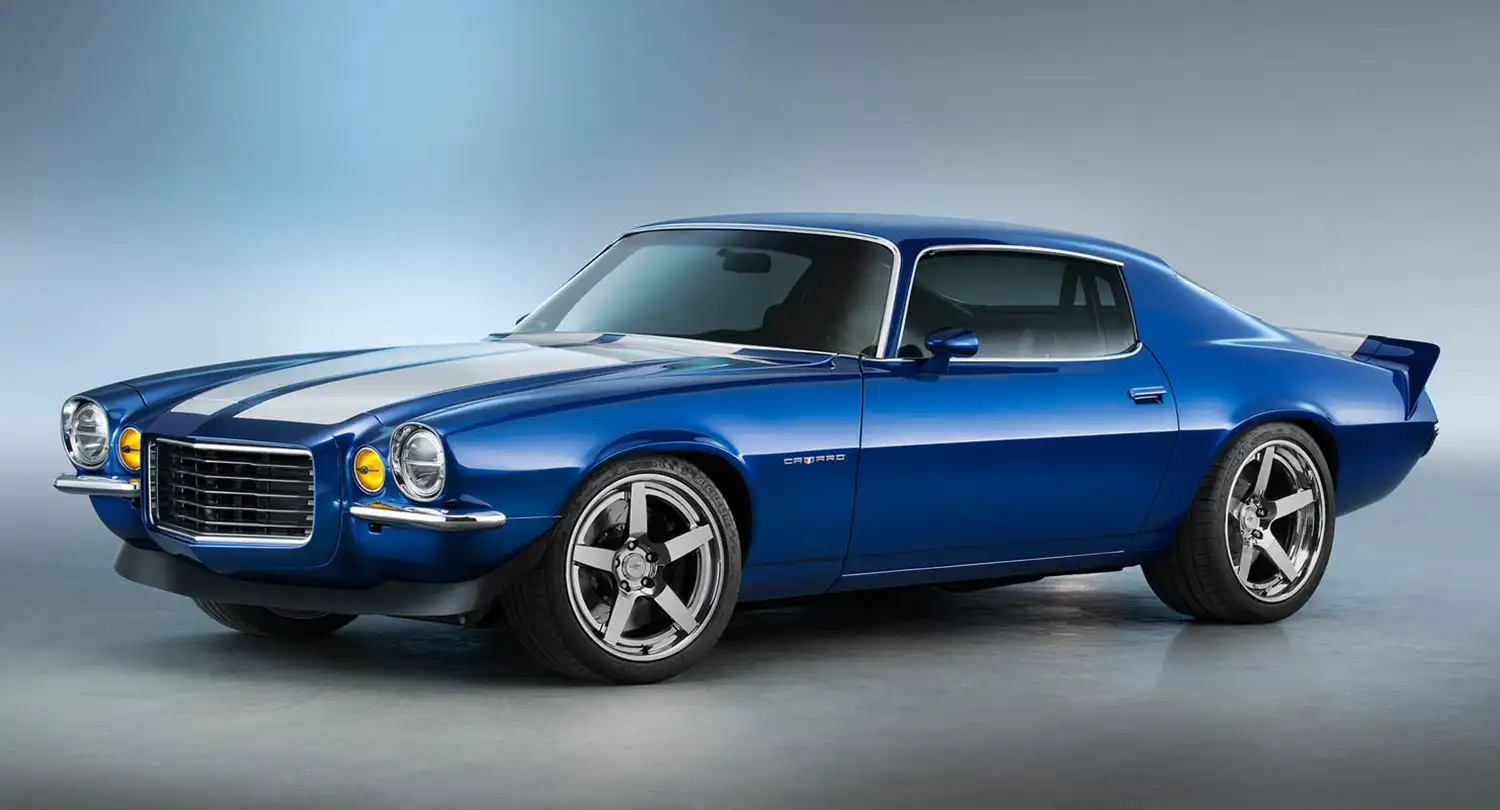
Under the hood, the 1970 Camaro offered a range of engines, including the base 250 cu in (4.1 L) six-cylinder, and the high-performance 396 cu in (6.5 L) V8 in the SS 396 model. The Z28 model featured the new high-performance LT-1 350 cu in (5.7 L) V8, producing 360 hp, which was a significant upgrade from the previous generation.
1971-1974: Continued Evolution
In 1971, the Camaro received minor updates, including new high-back Strato bucket seats and changes to engine compression ratios to accommodate lower-octane fuels. Despite these changes, the Camaro maintained its performance credentials, although horsepower ratings began to decline due to emissions regulations.
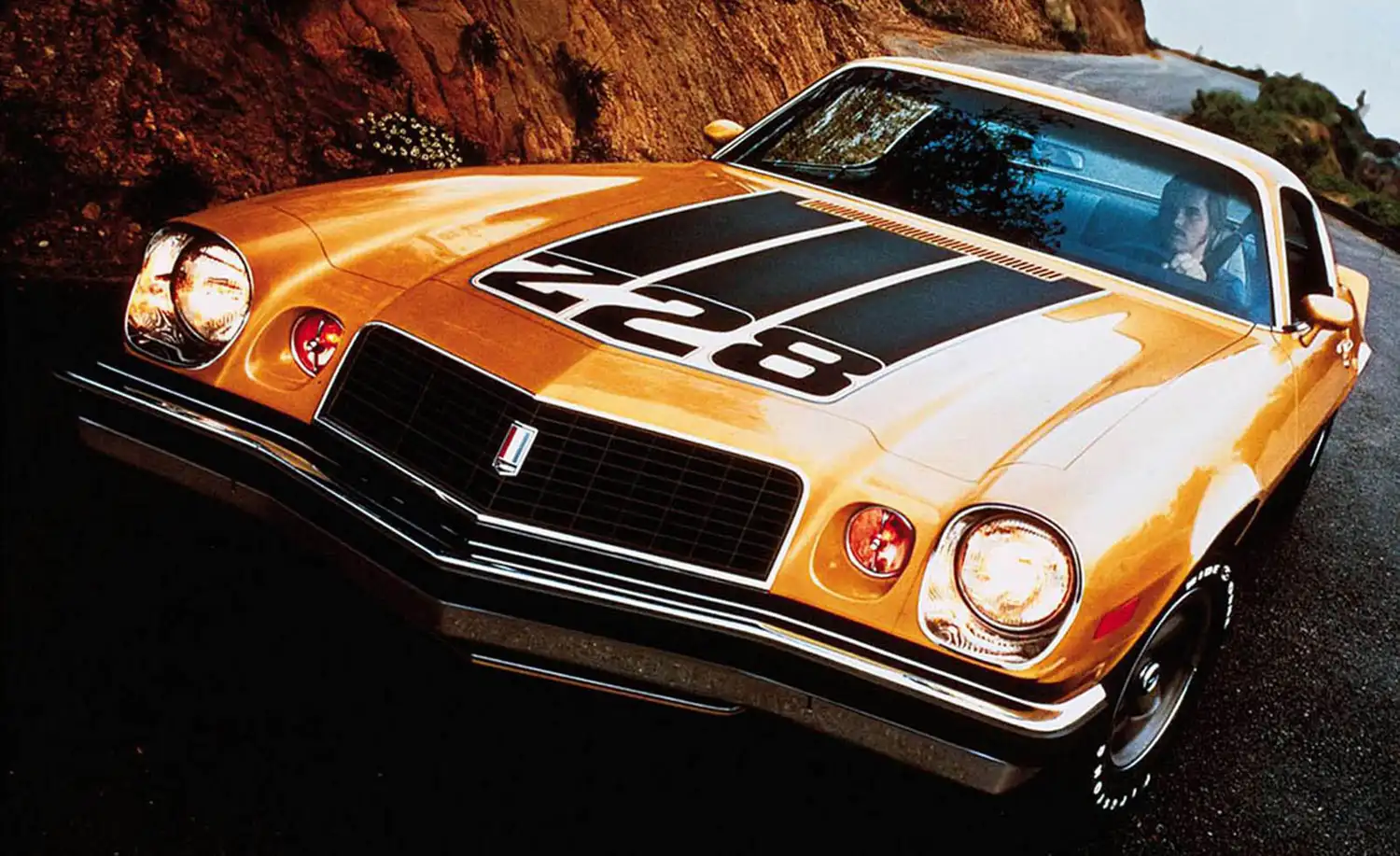
The 1972 model year faced significant challenges, including a lengthy UAW strike that disrupted production and led to the scrapping of incomplete cars that couldn’t meet new safety standards. However, the Camaro remained popular, with Chevrolet producing nearly 69,000 units that year.
In 1973, the Camaro incorporated new impact-absorbing front bumpers to meet federal safety standards and introduced the Type LT model, which offered a quieter and more luxurious interior. The Super Sport package was dropped, and power ratings continued to decrease due to tightening emissions controls.

The 1974 Camaro saw further changes, including a seven-inch increase in length due to new aluminum bumpers and a forward-sloping grille. Despite the energy crisis, Camaro sales increased, and the model remained competitive in the pony car market, outlasting many of its rivals.
Legacy
The second-generation Camaro’s early years, from 1970 to 1974, are often regarded as some of the most desirable, particularly the 1970 model with its powerful LT-1 engine and refined design. Despite the challenges of the era, the Camaro maintained its reputation for performance and style, paving the way for future generations.
Source: Chevrolet
